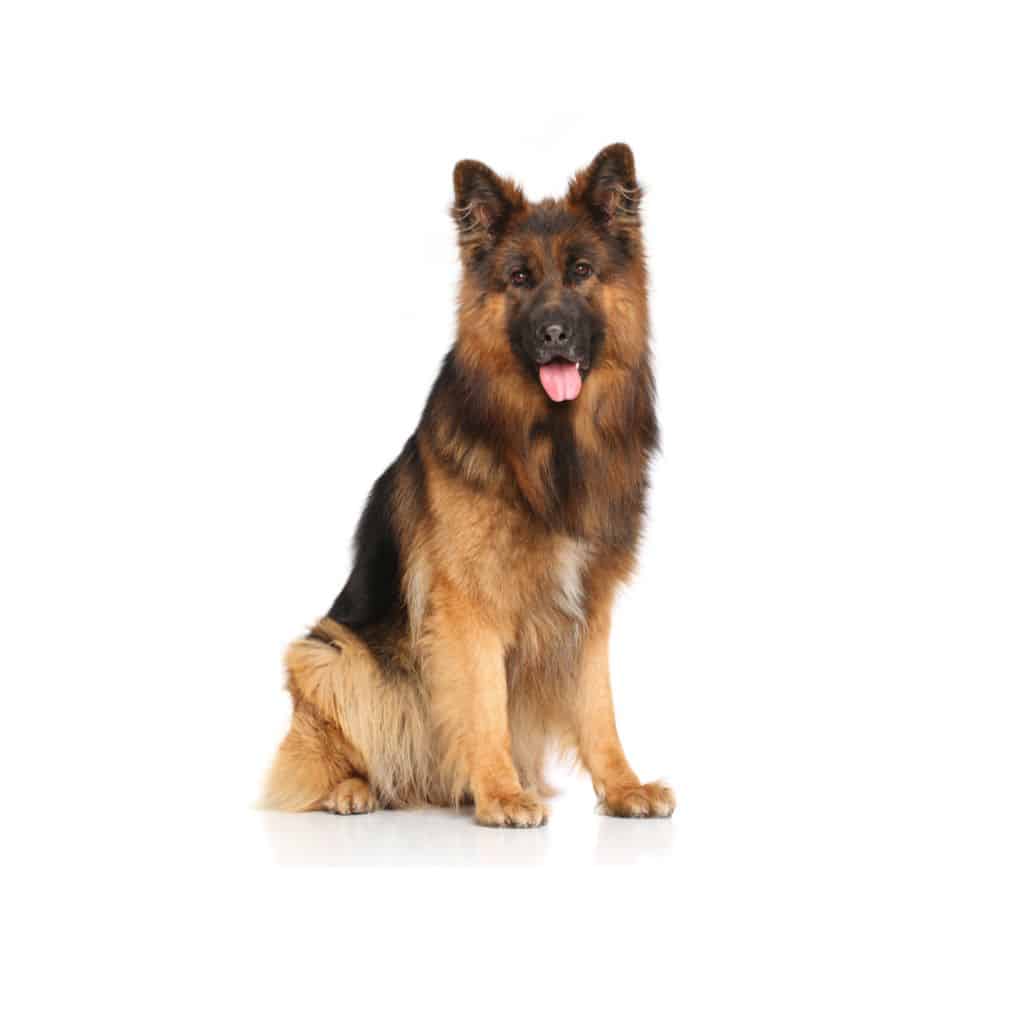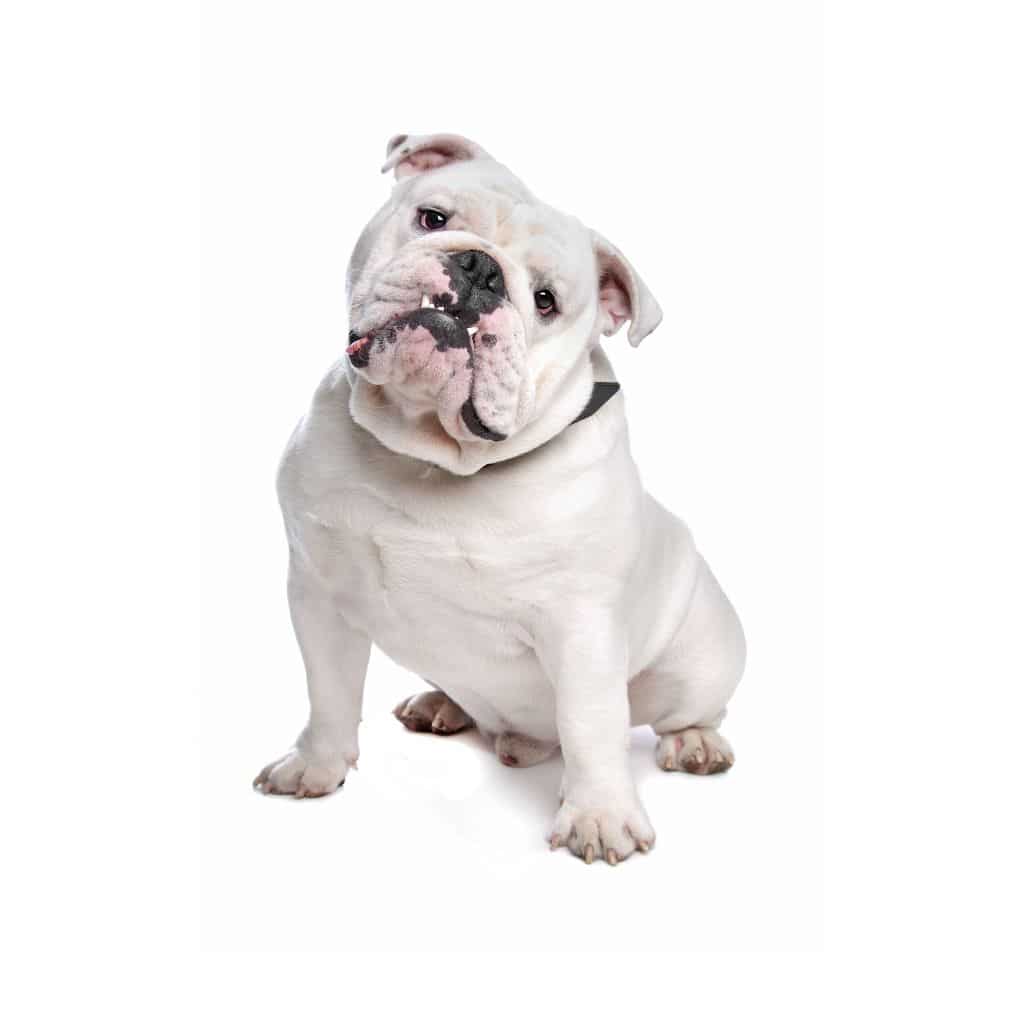Labrador Retriever Dog Breed Information, Pictures, Characteristics & Facts in 2023

Sharing is Caring!
If you’re thinking about adding a furry friend to your family, you might want to consider a Labrador Retriever. They are one of the most popular dog breeds in the world, known for their friendly, outgoing personalities, high energy dogs and their love of all things active. In this article, we’ll take a closer look at the Lab dog breed, including their history, characteristics, and some interesting facts about this beloved breed.
Introduction
Labrador are a type distinct breed of gun dog originally bred for retrieving game during hunts. Today, they are one of the most popular dog breeds in the world, thanks to their friendly personalities and their ability to adapt to a wide range of lifestyles. Labs come in three colors: black, yellow, and chocolate, and the breed are known for their outgoing nature, intelligence, and trainability.
History of the Labrador Retriever
They has a fascinating origin story that dates back to Newfoundland, Canada. Initially, fishermen used the breed to retrieve fish that had fallen off hooks or escaped from nets, thanks to their impressive swimming and retrieving abilities. Later on, the breed’s talent for retrieving came to the attention of hunters who began using them for retrieving game. Due to their exceptional qualities as a hunting dog, the Labrador Retriever’s popularity quickly spread throughout North America and Europe.
In 1917, the American Kennel Club officially recognized the Labrador dog breed, and it has since become one of the most beloved and sought-after dog breeds worldwide. With their friendly personalities, intelligence, and versatility, they are not only excellent hunters but also make loyal and loving family pets. Today, the breed is widely used as a guide dog, search-and-rescue dog, and therapy dog, in addition to their traditional role as a hunting dog and companion.
Characteristics of the Labrador Retriever
Physical Characteristics
They are medium to large-sized dogs, weighing between 55 and 80 pounds and standing between 21.5 and 24.5 inches tall at the shoulder. They have a short, dense coat that is water-resistant and comes in three colors: black, yellow, and chocolate. Labs have a broad head and a thick, powerful neck, and their eyes are usually brown or hazel.

| Size | Medium to large |
| Weight Range | 55-80 pounds |
| Height Range | 21.5-24.5 inches at the shoulder |
| Life span | 10-12 years |
| Coat Type | Short, dense, and water-resistant |
| Coat Colors | Black, Yellow, and Chocolate |
Size
Weight
Height
Coat
Life span
53 – 60
cm
55 – 80
pounds
21.5 – 24.5
inches
short
coat
10 – 12
years
Temperament and Personality
The temperament and personality of they are some of their most endearing qualities. Labs are widely known family pet, for their friendly, outgoing personalities that make them an ideal companion for families. They are highly intelligent and trainable, which makes them excellent family dogs perfect for those who are first-time dog owners or those who want a companion that can learn new commands quickly. Furthermore, they are eager to please, which makes them a joy to train.
One of the significant advantages of owning a Lab is their compatibility with children and other pets. Labs have a natural instinct to protect and care for those around them, even other animals, which makes them an ideal choice for families with young children or other pets. They are patient, gentle, and affectionate, which makes them a favorite among children and other dogs.
However, it’s important to note that they are active dogs and require regular exercise to maintain their physical and mental health. They love playing games such as fetch, and swimming is one of their favorite activities. It’s important to provide them with plenty of opportunities to burn off their excess energy, especially if they live in a small apartment or home. In summary, the friendly, intelligent, and active personality of Labs make them one of the most popular breeds beloved dog breeds in the world.

Overview
- Friendly, outgoing, and highly sociable
- Intelligent and trainable, eager to please
- Affectionate and loyal towards families
- High energy level, enjoy exercise and outdoor activities
- Adaptable to different lifestyles, but can experience separation anxiety
- Generally good-natured and not aggressive
- Often used as therapy and assistance dogs
Training and Exercise for Labrador Retrievers
They are a versatile breed that can excel in various activities such as obedience, agility, and hunting. They are highly trainable dogs that respond well to positive reinforcement training methods. Labs are intelligent and eager to please, making them one of the most trainable breeds. They love learning new things, and their natural curiosity high energy, and enthusiasm for life make them a joy to train.
In addition to training, regular exercise is crucial for Lab Retrievers to maintain their physical and mental health. They are an active and energetic breed that requires at least one hour of exercise per day. They love outdoor activities like running, swimming, and playing fetch, and they thrive in households where they can participate in regular outdoor activities. It’s important to provide them with plenty of opportunities to burn off their excess energy, especially if they live in a small apartment or home.
Training and exercise are also great ways to strengthen the bond between Labs and their owners. Training sessions and outdoor activities are excellent opportunities to spend quality time with your dog and reinforce your relationship. Consistency and patience are essential when training Retrievers dog, and it’s important to ensure that their exercise routine is consistent and tailored to their individual needs. Overall, they are trainable and active dogs that require both mental stimulation and physical stimulation to live a happy and healthy life.
Training Tip
- Start with a low-value treat in your hand.
- Close your fist and let your dog sniff and paw at it.
- Don’t open your hand until they stop trying to get the treat.
- Say “leave it” and reward your dog when they comply.
- Increase the value of the object and practice in different settings.
- Always reward and never allow your dog to get the object if they don’t obey.
- Consistency and patience are key for success

Exercises for Lab dogs
- Fetch – throwing and retrieving a toy.
- Swimming – a low-impact cardiovascular exercise.
- Running – a high-energy activity that can be done on a leash or in a safe enclosed area.
- Agility – obstacle course with tunnels, weave poles, and jumps.
- Hiking – outdoor activity that provides mental and physical stimulation.
- Tug of War – game to strengthen jaw muscles and provide upper body exercise.

Common Health Issues in Labrador Retrievers
Labradors are a healthy breed, but like all dogs, they are prone to certain health issues. Some of the most common health problems in Labs include hip and elbow dysplasia, which is a hereditary condition that affects the joints of adult dog and can cause pain and mobility issues. Labs are also prone to obesity, which can lead to a range of health problems such as diabetes, heart disease, and joint problems.
Another common health issue in Labrador Retrievers is ear infections, which can be caused by a buildup of wax or bacteria. Regular cleaning and inspection of your dog’s ears can help prevent infections. Labs are also prone to skin allergies, which can cause itching, hair loss, and skin irritation. Other common health issues in Labs include cataracts, progressive retinal atrophy, and exercise-induced collapse.
Regular veterinary check-ups and proper nutrition and exercise are crucial for preventing many of these health issues. It’s essential to feed your Labrador Retriever a well-balanced diet that meets their nutritional needs and provides them with the energy they need for their active lifestyle. It’s also important to provide them with regular exercise to maintain their physical and mental health. If you notice any signs of illness or discomfort in your dog, it’s important to consult with your veterinarian as soon as possible. With proper care and attention, you can help your Lab live a long, healthy life.
This is a genetic condition where the hip joint does not develop properly, leading to arthritis and pain.
A similar condition to hip dysplasia, but affecting the elbow joint instead
Labs are known to have a hearty appetite, and without proper exercise and diet control, they can become overweight or obese. This can lead to various health problems such as joint pain, diabetes, and heart disease.
Labs can be prone to various eye conditions such as cataracts, progressive retinal atrophy, and glaucoma.
Due to their floppy ears and love for swimming, Labs can be prone to ear infections.
Like many breeds, Labs can be prone to allergies, including food allergies, environmental allergies, and flea allergies.
Labs can be prone to various skin issues such as hot spots, bacterial or fungal infections, and allergies.
Unfortunately, Labs are also prone to various types of cancer, including lymphoma, mast cell tumors, and bone cancer.
Grooming and Maintenance for Labrador
They are a low-maintenance breed when it comes to grooming, but they do require some basic care to keep them healthy and comfortable. Their short, dense coat is relatively easy to maintain, and they only need to be bathed occasionally. However, they do shed seasonally, which can result in a buildup of loose dog hair all around the house. Regular brushing with a slicker brush or deshedding tool can help remove loose hair and keep shedding under control. Brushing also promotes healthy skin and coat and strengthens the bond between you and your dog.
In addition to brushing, Labrador Retrievers require regular nail trimming, ear cleaning, and dental care. Overgrown nails can cause discomfort and even affect their gait, so it’s essential to trim them regularly. Cleaning their ears can help prevent infections and remove excess wax and debris. Dental care is also important for maintaining their overall health. Regular brushing with dog toothpaste and providing them with chew toys can help prevent dental problems like plaque buildup and gum disease.
Interesting Facts about Labrador Retrievers
They are a fascinating breed with many interesting facts that make them one of the most popular dog breeds in the world. They have been the most popular dog breed in the United States for over 30 years, and their popularity continues to grow.
Originally, they were called St. John’s Water Dogs, after the capital city of Newfoundland where they were first bred. They were bred to assist fishermen by retrieving fish that had escaped from nets or fallen off hooks.
They have an exceptional sense of smell, making them an excellent choice as assistance dogs for people with disabilities. They are often trained as guide dogs, search-and-rescue dogs, and therapy dogs.
One of the breed’s most distinctive features is their love for swimming. Labs are excellent swimmers and have webbed feet that help them navigate water. They enjoy swimming in lakes, rivers, and the ocean, making them perfect companions for outdoor enthusiasts.
Finally, the longest-living Labrador on record lived to be an astonishing 29 years old. While this is an exception, it’s not uncommon for Labs to live 12-15 years with proper care and attention.
Conclusion
Labrador Retrievers are an incredibly popular dog breed, and for good reason. They are friendly, outgoing, and make great family pets. They are also highly trainable and excel in a variety of activities, including agility, and obedience training and hunting. If you’re considering adding a Lab dog to your family, make sure to do your research and find a reputable breeder or rescue organization.
FAQs
Yes, Labrador Retrievers are known for their friendly, outgoing personalities and are great with children.
Labrador Retrievers are active dogs that require regular, vigorous exercise both, including daily walks and playtime.
Yes, they do shed seasonally and require regular brushing to help control shedding
The average lifespan of a Labrador Retriever is between 10 and 12 years, although some Labs have been known to live much longer.
Like all dog breeds, Labrador Retrievers are prone to certain health issues, including hip and elbow and hip dysplasia,, obesity, and ear infections. Regular veterinary check-ups and proper care can help prevent many of these issues.
Discover some of the most popular dog breeds

Beagle

Yorkshire Terrier

Shih Tzu

Rottweiler

Poodle

Pitbull

Husky

Golden Retriever

German Shepherd

Dachshund

Chihuahua

Bulldog
Sharing is Caring!
About The Author
PawCool Team
Related Categories: Dogs
Latest Articles

Never Miss A Thing!
All pet stories & guides you care about








